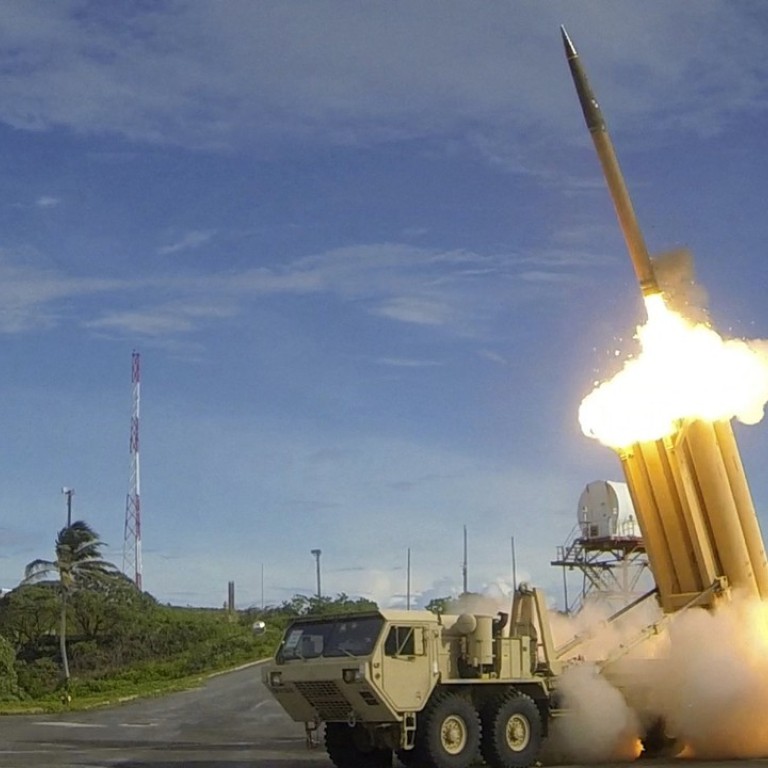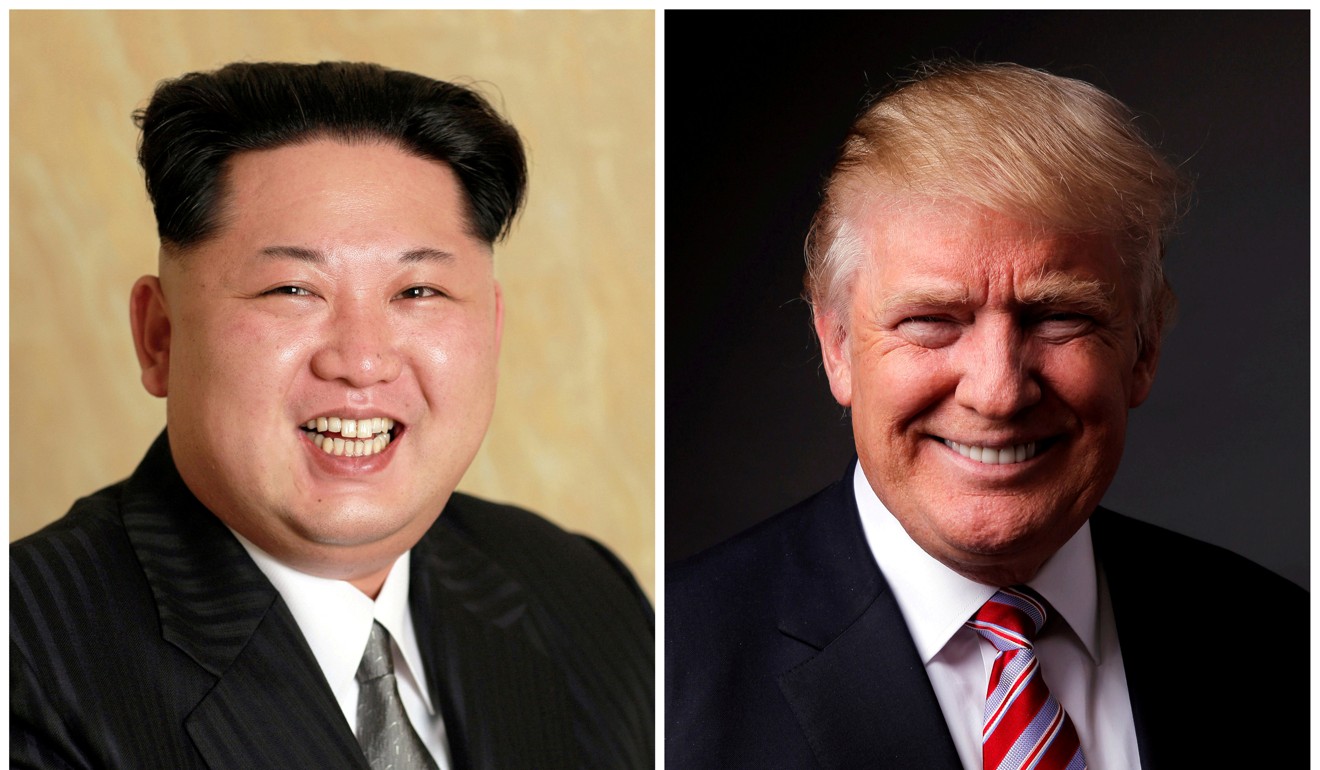
China demands immediate halt to THAAD missile system now ‘operational’ in South Korea
As regional tensions soar, Beijing says it will ‘firmly take necessary measures to uphold our interests’
China demanded on Tuesday an immediate halt to a controversial US missile shield hours after Washington announced that the defence system was now operational in South Korea.
Washington and Seoul agreed to the Terminal High Altitude Area Defence (THAAD) battery deployment in July in the wake of a string of North Korean missile tests.
But its deployment has infuriated China, which fears it will weaken its own ballistic missile capabilities and says it upsets the regional security balance.
“We oppose the deployment of the THAAD system in [South Korea] and urge relevant sides to immediately stop the deployment. We will firmly take necessary measures to uphold our interests,” foreign ministry spokesman Geng Shuang said at a regular press briefing.
Watch: How the North Korea situation intensified in just 12 days
Earlier, North Korea accused the United States of pushing the Korean peninsula to the brink of nuclear war after a pair of strategic US bombers flew over the area in a training drill with the South Korean air force. The two supersonic B-1B Lancer bombers were deployed amid rising tensions over North Korea’s dogged pursuit of its nuclear and missile programmes in defiance of United Nations sanctions and pressure from the United States.
South Korean Defence Ministry spokesman Moon Sang-gyun told a briefing in Seoul that Monday’s joint drill was conducted to deter provocations by the North and to test readiness against another potential nuclear test.

The US air force said the bombers had flown from Guam to conduct training exercises with the South Korean and Japanese air forces.
North Korea said the bombers conducted “a nuclear bomb dropping drill against major objects” in its territory at a time when Trump and “other US warmongers are crying out for making a pre-emptive nuclear strike” on the North.
“The reckless military provocation is pushing the situation on the Korean peninsula closer to the brink of nuclear war,” the North’s official KCNA news agency said on Tuesday.
US Forces Korea said on Tuesday its controversial THAAD missile system is “operational and has the ability to intercept North Korean missiles and defend the Republic.”
A US defence official said, however, that the system has only “reached initial intercept capability.”
This initial capability will be augmented later this year as additional hardware and components arrive to complete the system, officials said.
WATCH: Why China is angry at South Korea
THAAD’s deployment in South Korea has infuriated China, which fears it will weaken its own ballistic missile capabilities and says it upsets the regional security balance.
The THAAD system, which is being installed on a former golf course in the southern county of Seongju, is designed to intercept and destroy short- and medium-range ballistic missiles during their final phase of flight.
Beijing has imposed a host of measures seen as economic retaliation against the South for the THAAD deployment, including a ban on tour groups.
Retail conglomerate Lotte, which previously owned the golf course, has also been targeted, with 85 of its 99 stores in China shut down, while South Korea’s biggest automaker Hyundai Motor has said its Chinese sales have fallen sharply.
The THAAD deployment comes as tension soars on the Korean peninsula following a series of missile launches by the North and warnings from the Trump administration that military action is an “option on the table”.

Despite that, Trump said he would be “honoured” to meet the North’s young leader.
“If it would be appropriate for me to meet with him, I would absolutely, I would be honoured to do it,” Trump told Bloomberg News in comments that drew criticism in Washington.
Trump did not say what conditions would need to be met for any such meeting to occur or when it could happen, but the White House said later North Korea would need to meet many conditions before a meeting could be contemplated.
“Clearly conditions are not there right now,” White House spokesman Sean Spicer said.
“I don’t see this happening anytime soon.”
While Beijing lashed out at the shield’s deployment, the foreign ministry expressed support for Trump’s surprise comments on Kim.
Asked about Trump’s remarks, Geng said that China “has always believed that dialogue and consultation ... is the only realistic and viable way to achieve denuclearisation”.
“We also said many times that the US and DPRK ... should make political decisions at an early date, take action and show good faith so that we can create a better atmosphere for resuming the peace talks and settling the issue,” he added.

Trump warned in an interview with Reuters on Thursday that a “major, major conflict” with North Korea was possible, while China said last week the situation on the Korean peninsula could escalate or slip out of control.
In a show of force, the United States has already sent an aircraft carrier strike group, led by the USS Carl Vinson, to waters off the Korean peninsula to conduct drills with South Korea and Japan.
North Korea test-launched a missile on Saturday that appeared to have failed within minutes, its fourth successive failed launch since March. It has conducted two nuclear tests and a series of missile-related activities at an unprecedented pace since the beginning of last year.
The North is technically still at war with the South after their 1950-53 conflict ended in a truce, not a treaty, and regularly threatens to destroy the United States, Japan and South Korea.
Agence France-Presse, Reuters
